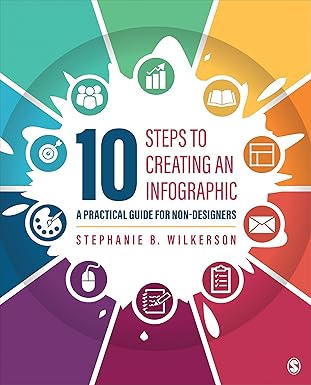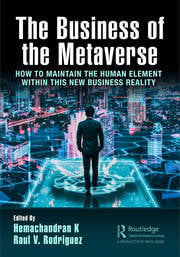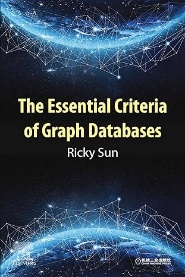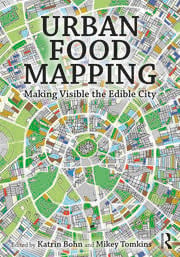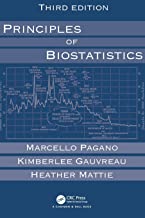
Book
Principles of Biostatistics
ISBN : 9780367355807
Author : Marcello Pagano
Publisher : Crc Press
Year : 2022
Language : English
Type : Book
Description : Principles of Biostatistics, Third Edition is a concepts-based introduction to statistical procedures that prepares public health, medical, and life sciences students to conduct and evaluate research. With an engaging writing style and helpful graphics, the emphasis is on concepts over formulas or rote memorization. Throughout the book, the authors use practical, interesting examples with real data to bring the material to life. Thoroughly revised and updated, this third edition includes a new chapter introducing the basic principles of Study Design, as well as new sections on sample size calculations for two-sample tests on means and proportions, the Kruskal-Wallis test, and the Cox proportional hazards model. Key Features: Includes a new chapter on the basic principles of study design. Additional review exercises have been added to each chapter. Datasets and Stata and R code are available on the book’s website. The book is divided into three parts. The first five chapters deal with collections of numbers and ways in which to summarize, explore, and explain them. The next two chapters focus on probability and introduce the tools needed for the subsequent investigation of uncertainty. It is only in the eighth chapter and thereafter that the authors distinguish between populations and samples and begin to investigate the inherent variability introduced by sampling, thus progressing to inference. Postponing the slightly more difficult concepts until a solid foundation has been established makes it easier for the reader to comprehend them.

